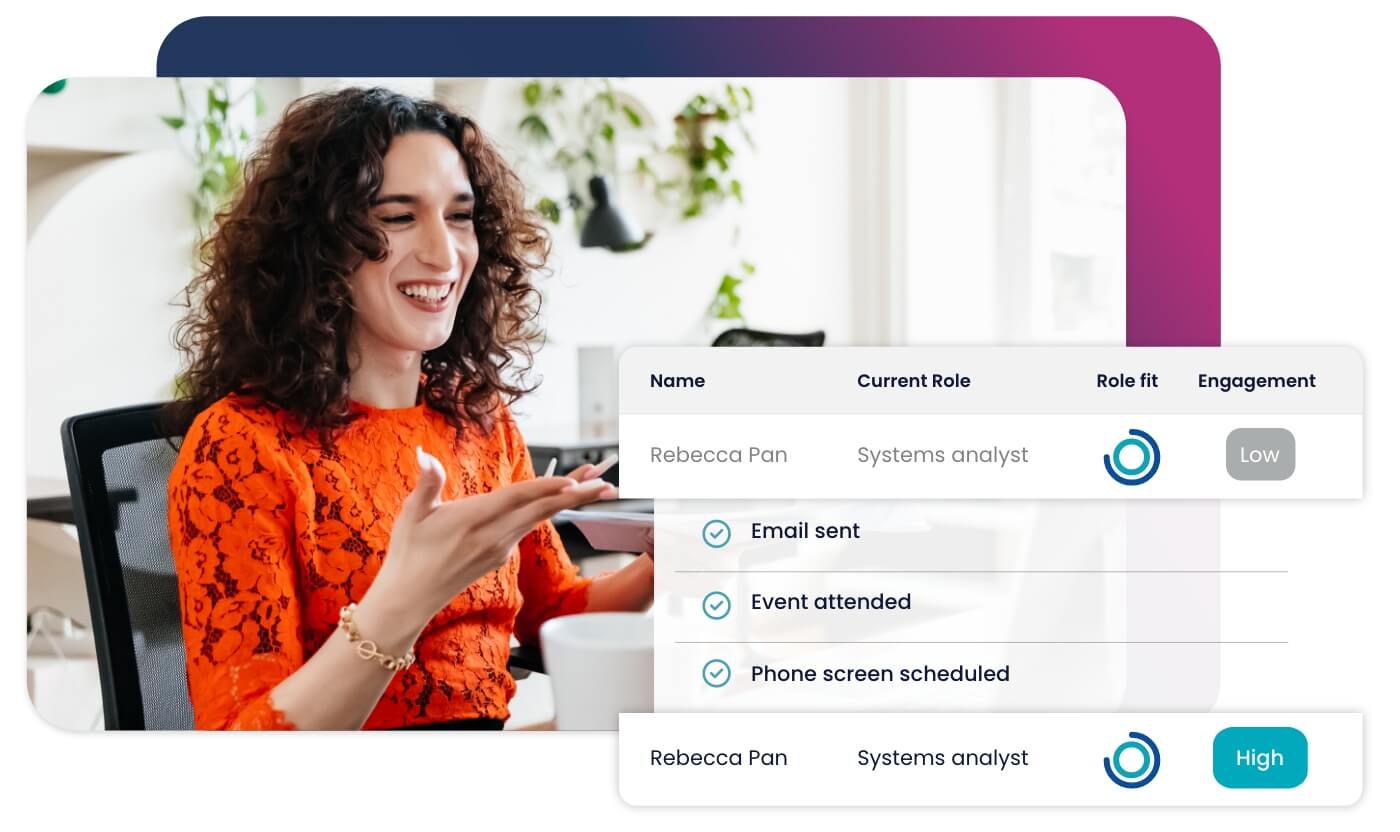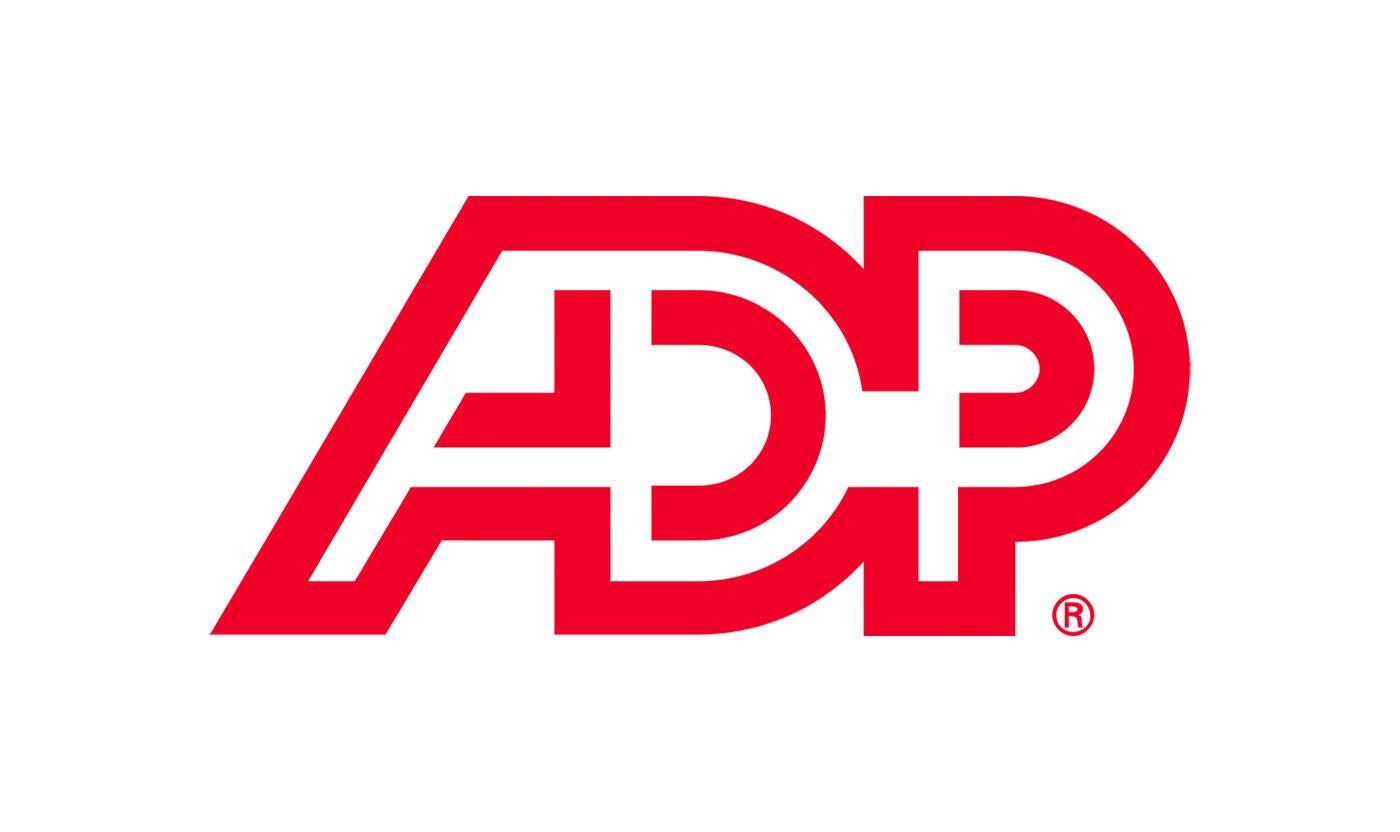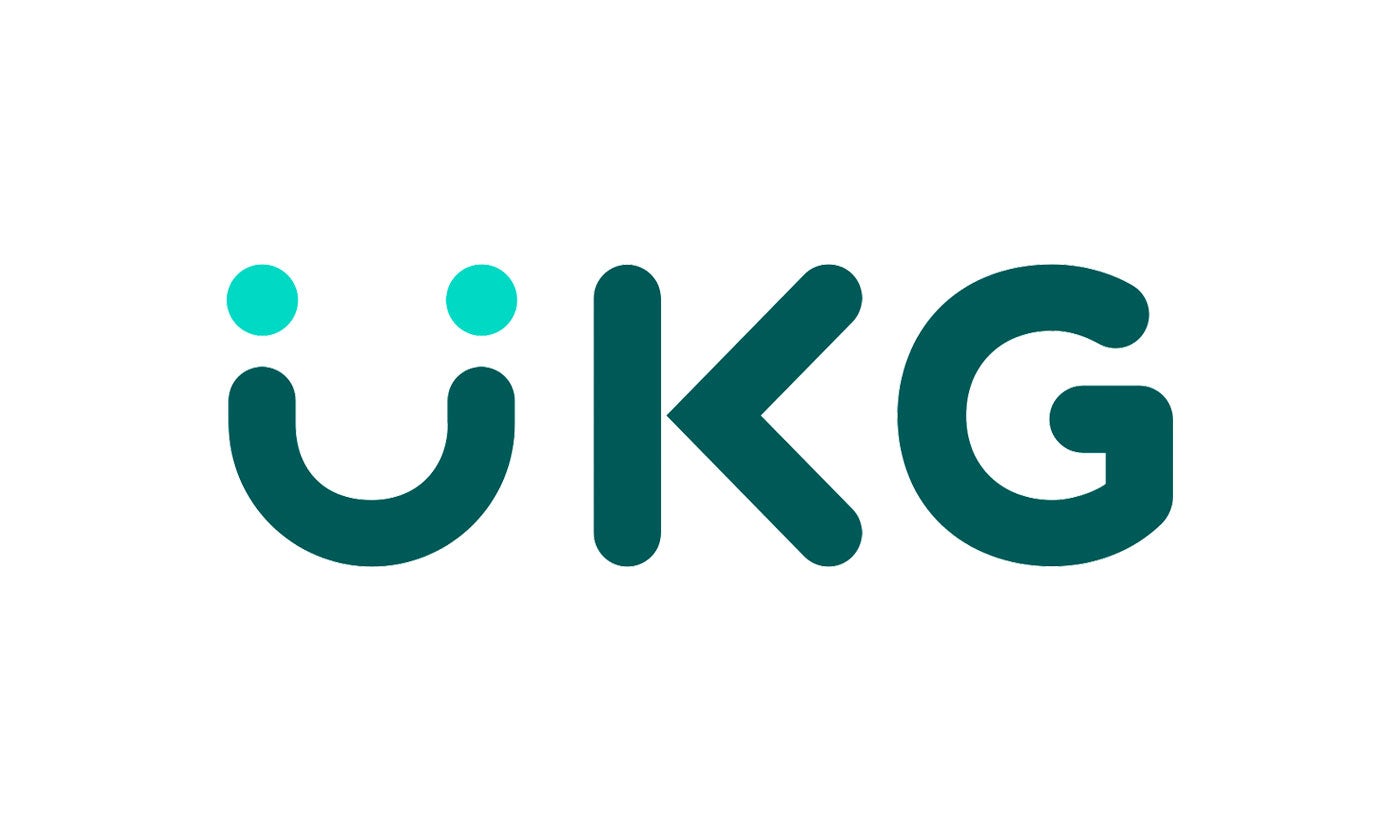





Accelerate hiring key talent to deliver care and exceed patient satisfaction.

Attract skilled candidates, speed up hiring and grow expertise in your workforce.

Simplify recruiting finance and banking talent with a platform for hard-to-fill roles.


Build a talent pipeline that engages and drives your business forward.


See how diverse and global enterprises use iCIMS to employ millions, drive innovation and connect communities worldwide.

Learn how a beloved restaurant hires 40,000+ annually with a great candidate experience.
Uncover unique market insights, explore best practices and gain access to talent experts across our library of content.


View press releases, media coverage, the latest hiring data and see what analysts are saying about iCIMS.


Streamline your tech stack and take advantage of a better user experience and stronger data governance with ADP and iCIMS.

The combined power of iCIMS and Infor helps organizations strategically align their business and talent objectives.

Our award-winning partnership with Microsoft is grounded in a shared desire to transform the workplace and the hiring team experience.

Our partnership with Ultimate Kronos Group (UKG) supports the entire talent lifecycle by bringing frictionless recruiting solutions to UKG Pro Onboarding.

The COVID-19 pandemic will have a long–term impact on the availability of digital and technology skills, which were already in short supply across virtually all industries that are automating their businesses. Many jobs increasingly require technically savvy employees from web design to medical imaging to software design and IT troubleshooting. Existing staff may need to be trained or reskilled regularly, and today’s early career hires have technical proficiencies that will soon be outdated. At the same time, the need for and variety of technology skills are accelerating, while the pipeline of traditional training programs has slowed.
Due to the pandemic, many internships and apprenticeships were canceled, and college admission deferments soared. According to the National Student Clearinghouse Research Center, Spring 2021 enrollment at four–year colleges was down nearly 6%. At community colleges, the rate fell more than 11% — even lower than in the fall of 2020. The Center speculates that this trend will continue through the Classes of 2025 and 2026 as pandemic-related unemployment and underemployment have put a traditional college education out of reach for many families. That is a predicted five-year decline in the number of traditional college graduates.
In other times, this would be where Career and Technical Education (CTE) or vocational learning programs could help close the skill gap. But they’ve been hit hard by the pandemic, too. Many professional certifications and licensing programs, which required hands-on learning and practical instruction, just weren’t possible in a remote-learning environment. So, what are employers to do?
“The pandemic revealed a lot of gaps – not just in process and skill set – but also in technology. A lot of companies were keeping their businesses going with outdated, antiquated processes and tools.”
–iCIMS Chief People Officer Jewell Parkinson
This is where the manufacturing industry is ahead of the curve, having dealt with skilled labor shortages for several years. According to Deloitte and the Manufacturing Institute, that industry is facing a skill gap of up to 2 million workers by 2030. iCIMS data finds that downward trend is already significant; since January, manufacturing openings increased 44%, but applications for those openings were down 24%. To combat this gap, manufacturers are taking proactive steps to develop their own talent.
Across their professional and production (shop floor) staffs, manufacturers are collaborating with each other or with local school districts and chambers of commerce to develop academy-like programs. This enables participants to build basic and specialized skills, ranging from decision making to operating and maintaining robotics and other advanced manufacturing technologies. The FAME program from the Manufacturing Institute offers academies across 13 states.
In Washington state, the Aerospace Joint Apprenticeship Committee partners with Workforce Development Centers, local manufacturing and aerospace employers, as well as community and technical colleges to ensure the aerospace industry has a healthy worker pipeline. Employers like Ford, General Electric, and GM are bringing skill development programs entirely in-house and expanding them to up-skill existing employees. This helps ensure these manufacturers have a steady stream of workers to meet the exacting needs of their technologies, equipment, and production practices.
Regardless of your industry focus, if you are desperately short-staffed in digital and technical areas, there are still ways to address those gaps –even without a supporting academy program:
For an exclusive look into hiring trends and activity in the manufacturing sector, check out our July Insights report.




